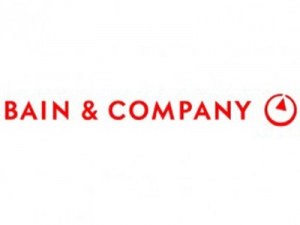 The way we work today is fundamentally different than how we worked a decade ago. Gone are the days when employees would work 9 to 5, Monday to Friday, and only within the four walls of the office. Thanks to leaps in technology, businesses now run 24/7 from anywhere and everywhere.
The way we work today is fundamentally different than how we worked a decade ago. Gone are the days when employees would work 9 to 5, Monday to Friday, and only within the four walls of the office. Thanks to leaps in technology, businesses now run 24/7 from anywhere and everywhere.
Flexible workplaces are becoming the norm. Employees are increasingly seeking flexibility in when, where and how they work. This growing demand is rooted in shifts in workforce demographics, accompanied by changing expectations of work-life integration. For example, the percentage of dual-income households in Australia has increased from 40% in 1983 to nearly 60% in 2013. We have seen the percentage of working mothers with children under the age of 18 increase by 6% in the past decade. The aging population means employees are staying in the workplace longer, often in a more flexible capacity. And the current generation of new recruits, known as millennials, has very different work expectations than their baby boomer parents. Survey after survey has shown what millennials want most is to work flexibly.
For women, workplace flexibility is especially important. Previous research conducted jointly by Bain & Company and Chief Executive Women (CEW) in 20114 showed that, along with “visible and committed leadership,” women believe “creating working models that support men and women with family responsibilities” to be the most important action to overcoming barriers to women’s progression into leadership roles. Flexibility is especially key for women in junior- and middle-management positions, as they consider whether and how to juggle their career advancement with family aspirations. In the Bain and CEW 2015 research, we found that about 50% of women working flexibly are experienced employees or junior to middle managers, who primarily do so to care for children (see Figure 1). This career stage precedes the dramatic drop in female workforce participation, leading to female executives accounting for less than 15% of senior management positions, despite women graduating from universities in greater numbers than men. It’s clear that flexible working is a critical enabler to retaining women in the workforce.
But flexible working is no longer just a women’s issue. Increasingly, men are demanding the ability to work flexibly, often to play more active roles as caregivers. This means the need for successful flexible working models is equally relevant for men. If Australian society really aspires to equal workforce participation by men and women at every level of leadership, then there is a clear imperative to ensure that both genders are equally enabled to share the caregiving role. Men and women therefore need to have equal access and equal success in working flexibly, without negative judgements or repercussions for their career progression.
Australian organisations are increasingly realising that, to retain talent and remain relevant, they need to prepare for a future where flexible work is standard in any role. Thankfully, technology is enabling organisations to shift away from a “face time” culture. In Silicon Valley, organisations like Google are at the cutting edge of this work- place revolution. And, closer to home, companies like Telstra and Westpac are reaping the benefits of championing flexible working and setting their employees up with agile work environments. As David Thodey, former Telstra CEO and member of the Male Champions of Change, points out, management philosophies have not kept up with technological advances. “Every job can be done flexibly. We have the enabling technology, now we need the enabling culture… You need a performance-based culture, where flexibility is just built in.”








